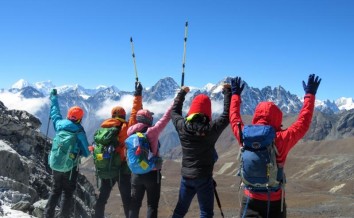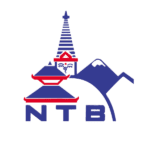Not everyone can reach the peak of Mt. Everest. However, trekkers continuously search for the closest uninterrupted views of Mt. Everest. With the Gokyo Valley Trek, you can get a chance to experience the tallest mountain peak in the world very closely. Additionally, you can explore the five lakes in the Gokyo Lakes system and hike to the amazing Gokyo Ri.
The 13-day Gokyo Valley Trek begins with a flight to Lukla Airport, the Gateway To The Everest. Traversing through the trail and acclimatizing at a few places, the trail takes us to the Gokyo Village. Throughout this trek, you will be walking far away from all the hustle and bustle, enjoying the peaceful environment. Moreover, the interactions with locals, amazing views, and meals all along the way make the Gokyo Valley trek even more worthwhile. Furthermore, exploring the lakes with the stunning view of the Gokyo Ri, and passing through Renjo La Pass, we retrace our way back to the Lukla and fly back to the capital.
During the ascend, trekkers can also explore the floras and faunas along the trail while spectating the beautiful views of the mountain peaks and the landscapes. Many trekkers categorize the Gokyo Valley trail as an interesting trekking trail in the Khumbu region. That is because of the mesmerizing views one can see on the path. However, let us tell you that the trail can sometimes be challenging as well. Nevertheless, with all the hurdles aside, the destination will always be rewarding at the end of the day.
Please go through the entire detail of the Gokyo Valley Trek to understand more about the trail and opportunities.
Highlights of the Gokyo Valley Trek
-
A beautiful and adventurous trek to Gokyo Valley in the Khumbu region of Nepal.
-
Chance to witness Gokyo Ri and 5 Gokyo Lakes in Gokyo Valley Trek.
-
An adventurous flight to the Gateway to the Everest Region, Lukla Airport.
-
Witness the religion and the culture of the local communities in the Himalayas.
-
Get a closer view of Mt. Everest and the entire Khumbu Region from Gokyo.
-
Panoramic views of the mountain peaks like Makalu, Lhotse, Cho Oyu, Everest, and many more from Gokyo Ri.
-
Accommodation and meals with great views of the Himalayas throughout the trek.
Why choose us for this Trek?
Planning and Organizing multiple adventure trips all over Nepal is what Nepal Unique Treks has been providing for the last two decades. In our journey, we are honored to have highly skilled team members who have helped trekkers in their dream destinations. Moreover, the guides we have in the team are government license holders and have been in this sector for over a decade.
We are not just limited to providing services in Nepal only. We also plan and organize trips to Bhutan and Tibet. Initially, we plan and organize the journey, however, you can customize it according to your preferences. Below are some additional information on why we are the perfect choice for Gokyo Lake Trek :
-
The experience, information, and knowledge regarding the locals and the mountains of our guides will help you have a smooth trekking experience with all the safety.
-
Prioritizing the best experience in the entire journey, we ensure to provide you the best services in every meal served and place accommodated.
-
Skilled and experienced guides will help you from the very beginning of the trek ensuring a better journey.
Permits required for Gokyo Lake Trek
In Nepal, we require a permit to enter the protected areas of certain regions. These permits are crucial as they are verified by the local officers at the checkpoints. Only then we are allowed to pass through those areas. The permits required are:
-
Sagarmatha National Park Entry Permit
-
Khumbu Pasang Lhamu Municipality Entry Permit
-
Trekker's Information Management System (TIMS) Permit
You need the first permit to enter Sagarmatha National Park en route and the second permit to access the Khumbu region. Without these permits, you cannot pass through those areas.
TIMS Permit is a special type of permit that helps the government official track the trekkers ensuring their safety and well-being.
In Nepal Unique Treks, we help you to get these permits without any hassle. Let us streamline the process for getting these permits while you prepare for the trek.
Why Insurance is necessary for the Gokyo Lake Trek?
You might be wondering if Insurance is necessary for trekking. Then let me remind you an insurance can be much more helpful in case of any sort of emergency. Trekking in high altitudes can be tricky as the weather conditions can change drastically. These sudden changes can lead to some emergency cases. In these critical conditions, the insurance comes in handy.
There are different kinds of insurance you can get before starting this journey. Some of them provide medical coverage, emergency evacuation, cancellation insurance, and many more. However, we highly recommend you take the insurance package that covers all of these.
Spring and autumn seasons are much more favorable for trekking and we also will be scheduling our treks in these seasons. However, there is always a possibility of some changes in the weather. Only a simple change in weather can disrupt our trek and can lead to other emergencies as well. Therefore, to ensure things go smoothly even in emergency cases, we recommend you get the full package of insurance.
Furthermore, our guides will always be there to assist and navigate you even in emergency cases. This way we can ensure you have a great journey with all the safety.
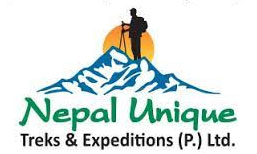
 WhatsApp
WhatsApp  Plan Your Trip
Plan Your Trip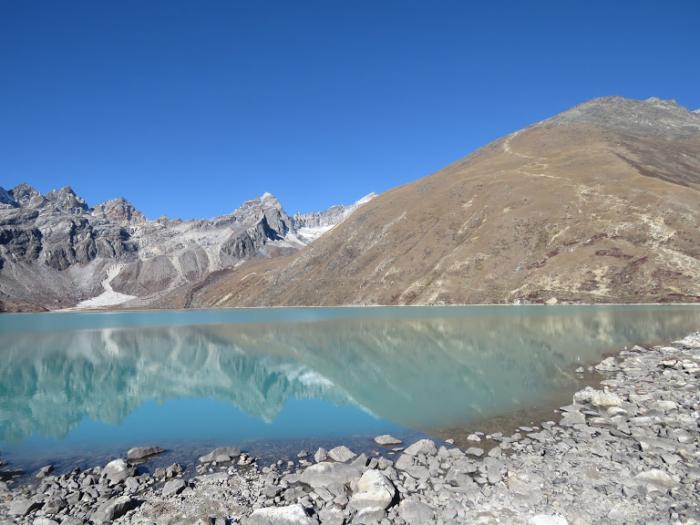

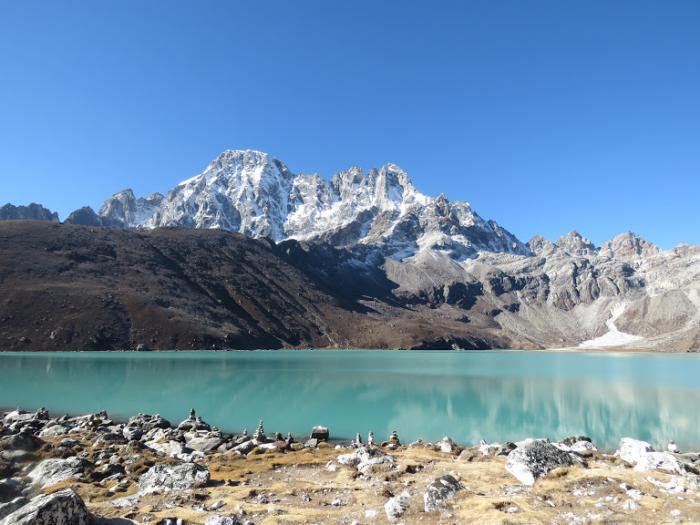
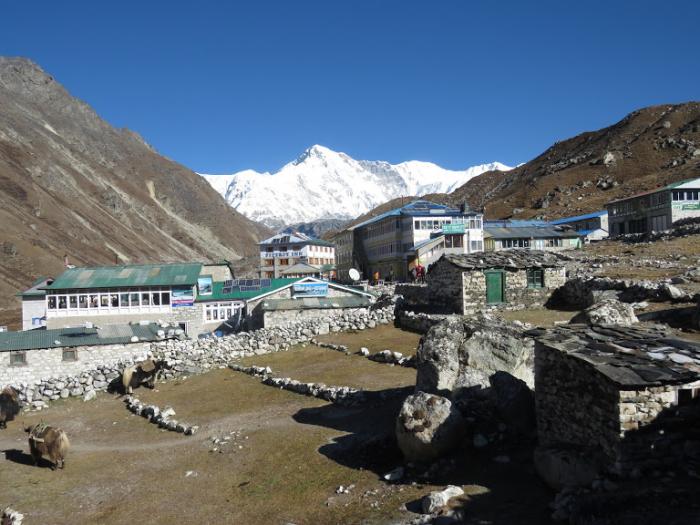
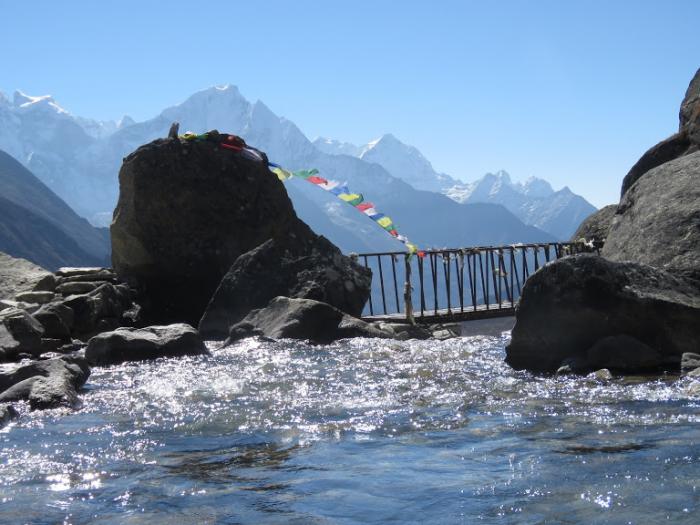


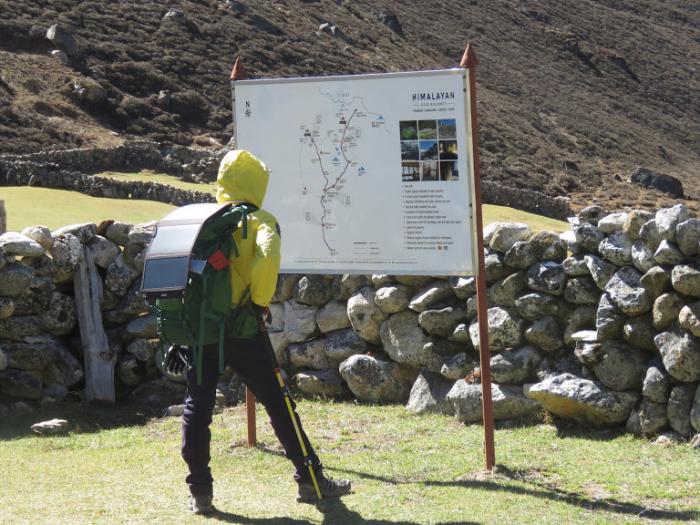






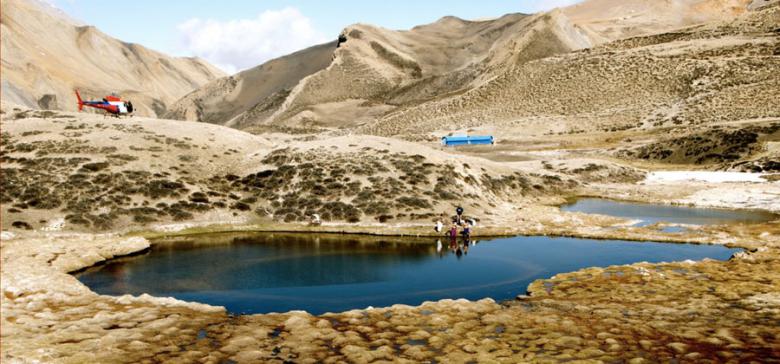

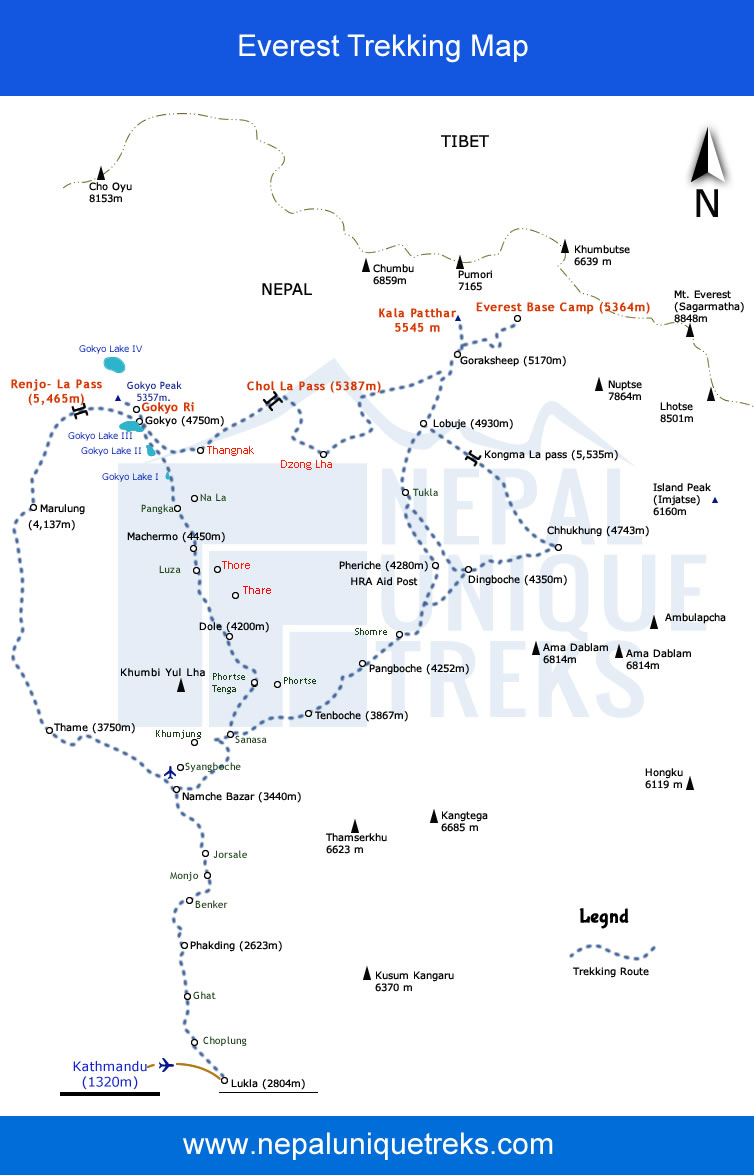



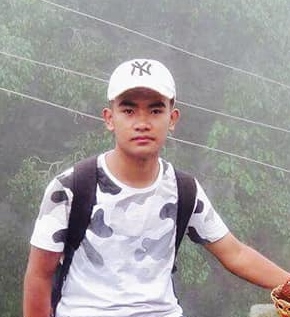



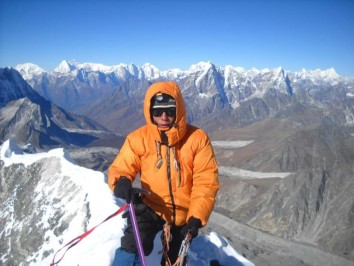
 US$2450
US$2450 
.jpg)



